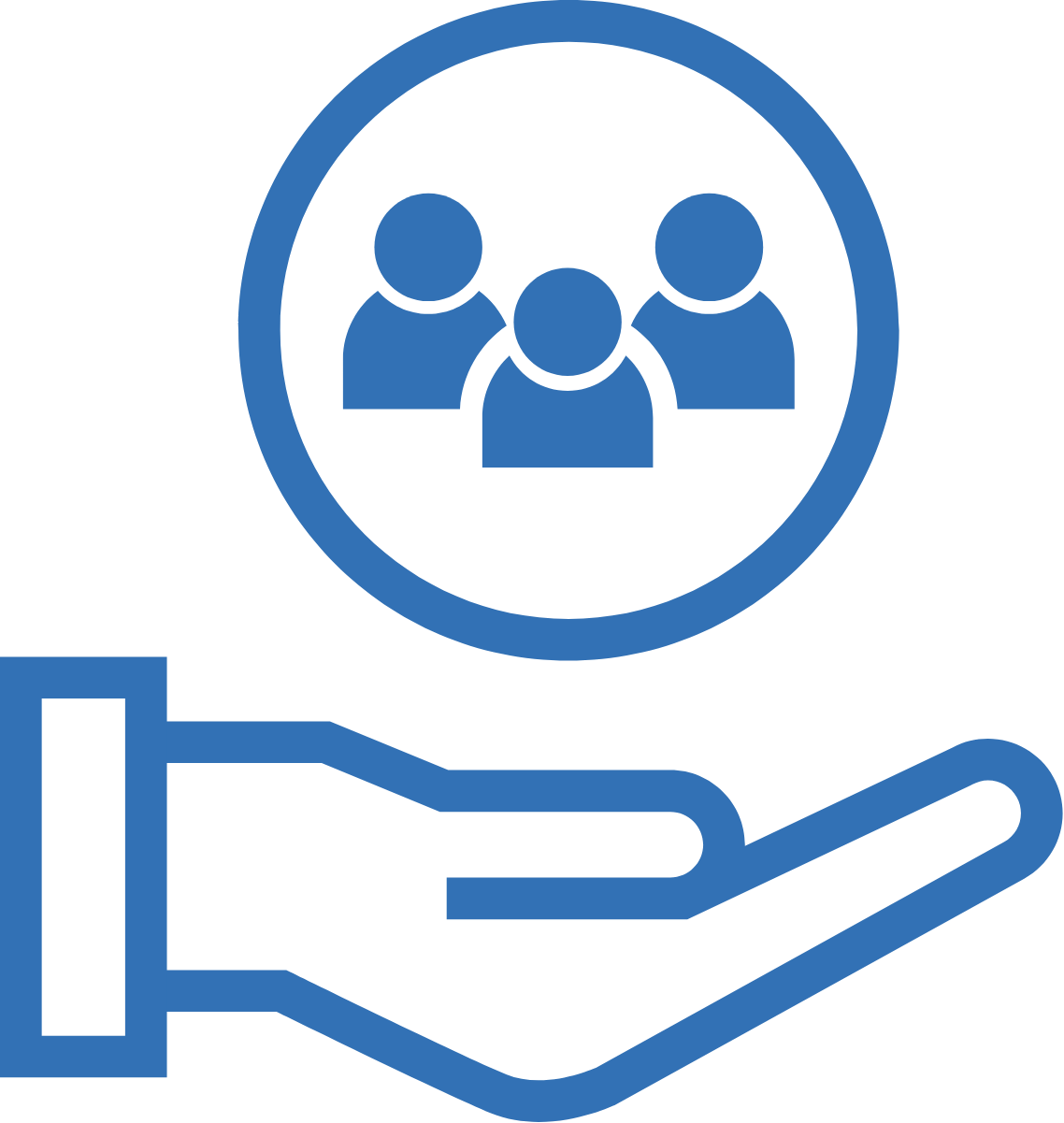Telemedicine and the Pandemic
By Michael H. Lewensohn, Senior Manager
This communication is devoted to the use of telemedicine during the COVID-19 pandemic. We expect that we will be issuing additional newsletters on the topic, as regulations and payment policies are rapidly changing.
With advancements in audio and visual communication technologies, the healthcare industry has been working toward developing a greater role for telemedicine. Telemedicine allows medical providers the ability to evaluate and treat patients from remote sites through HIPAA / hi-tech compliant virtual networks, thus allowing for face-to-face contact and interactive dialogue.
Typically, telemedicine is used to diagnose and treat acutely ill patients requiring the immediacy of medical intervention. Historically, most payers, including Medicare and Medicaid, have provided very limited and narrow coverage of telemedicine, usually based on the regional availability of medical professionals.
Telemedicine Access
In response to the COVID-19 nationwide public health emergency, the Centers for Medicare and Medicaid Services (CMS) have relaxed many of the payment and operational requirements associated with the use of telemedicine.
Public access to medical professionals has always been a primary objective of CMS, a need that continues to grow significantly during the COVID-19 pandemic. These efforts by CMS have been supported by other federal agencies, including the Office of Civil Rights (OCR), the policing authority responsible for enforcing HIPAA regulations. While the use of telemedicine is usually associated with providing timely medical access to patients in distress, the use of telemedicine can also be viewed as a way for medical providers to reduce their risk of COVID-19 infection.
Though many Telemedicine requirements have been waived or relaxed, it is still required that the medical provider obtain the patient’s consent for the call, and annotate the consent in the patient’s chart.
Please note: the easing of telemedicine and HIPAA / hi-tech regulations and requirements will only be in effect during the pandemic period.
Terminology
Medicare Telehealth is a visit with a provider that uses telecommunication systems between a provider and a patient. Depending on the nature of the services performed, there are a series of CPT and HCSPCS (G-codes) that are applicable. Typically, these services are pertinent to existing physician/patient relationships; however, during the COVID-19 pandemic, HHS will not audit to ascertain if a prior physician/patient relationship previously existed.
It is important to note that during this time, Medicare, Medicaid, and many other payers are viewing the use of Face-Time and Skype as telemedicine services.
Virtual Check-In is a brief (5-10 minutes) check-in between a provider and patient via telephone or other telecommunication device to decide whether an office visit or other service is needed. A remote evaluation of recorded video and/or images submitted by an established patient. G-codes G2012 and G2010 are the applicable codes for billing. This service is usually reimbursed for established provider/patient relationships; however, it appears that HHS will not pursue this criterion on audit.
E-Visits are communications between a patient and his/her provider via an on-line patient portal. CPT codes 99421, 99422, 99423 and HCPCS codes G2061, G2062, G2063 apply. This service is usually reimbursed for established provider/patient relationships; however, it appears that HHS will not pursue this criterion on audit.
Codes
The codes above are used by all payers reimbursing the telemedicine benefit; however, the manner in which the codes apply to each service may differ from payer to payer. We encourage providers to contact payers to discuss the payer’s interpretation of procedure code applicability. Similarly, we suggest that prior to billing, providers reach out to payers to verify that payer processing systems have been updated to recognize newly developed procedure codes and/or modifiers. Submitting claims in advance of processing system updates could result in a decrease of provider cash flow.
Contact Us
Should you have any questions concerning this article, please feel free to contact:
Michael H. Lewensohn
Senior Manager
mlewensohn@pkfod.com | 914 381-8900 ext. 2139
David Marks, CPA
Partner
dmarks@pkfod.com | 845.565.5400
Christopher J. McCarthy, CPA
Partner
cmccarthy@pkfod.com | 914.341.7018








































